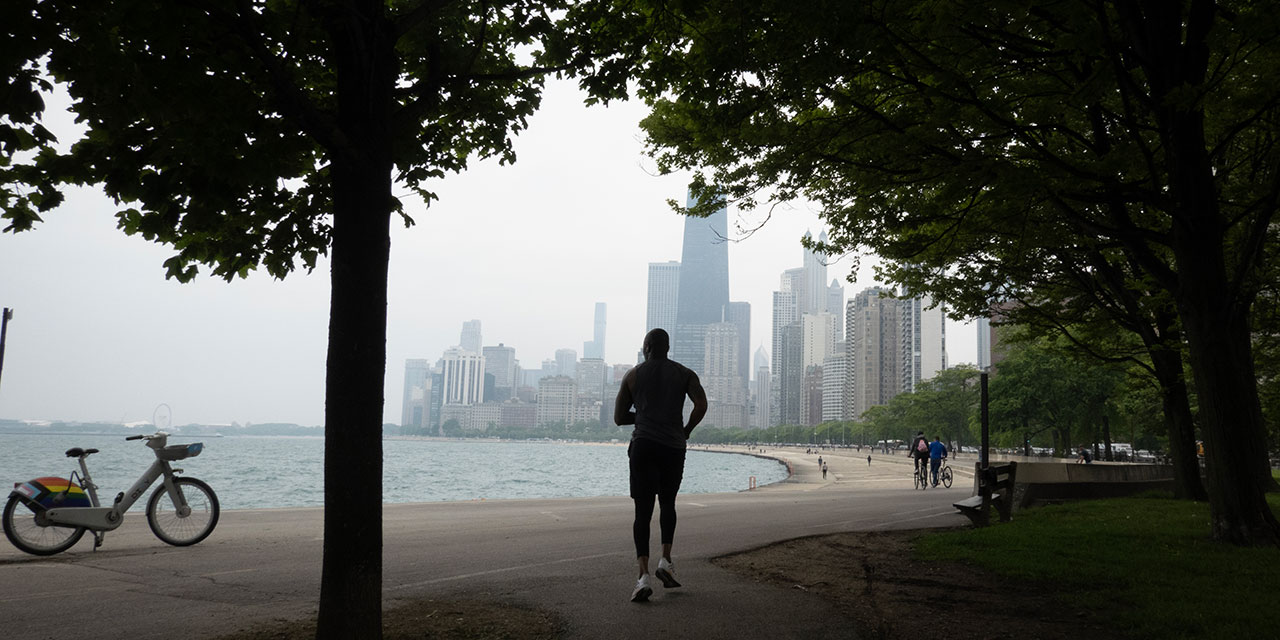
Chalkbeat, an education news outlet, recently highlighted a Denver elementary school that teaches students as young as three about environmental damage. The efforts are encouraged by mental health professionals who say the teaching can help prevent “eco-anxiety,” a “chronic fear of environmental doom.” The mental health industry’s logic is self-serving: introduce kids to the idea of Earth’s demise, then step in to manage their worry over it. Climate catastrophism has come to the classroom—and, as one educator put it, it’s “scaring the kids to death.”
Human beings aren’t born aware of our supposed environmental crisis. The fear of climate change—and therapists’ capitalization on that fear—began with adults. For several years, the American Psychological Association has published articles and warnings about the “significant mental health effects” of eco-anxiety, the pseudo-clinical “condition” it defined in a 2017 report. The number of online searches related to “climate anxiety” has surged since the report’s release.
Finally, a reason to check your email.
Sign up for our free newsletter today.
In recent years, therapists have reported mounting requests for climate-anxiety treatment from their American client base—though almost no empirical studies have evaluated whether climate-specific mental health services are effective. Nevertheless, professional therapist organizations like the Climate Psychology Alliance of North America, the Climate Psychiatry Alliance, and Climate & Mind have grown like algae in a warming sea.
The hysteria has spread from the therapy couch to the classroom. Professionals have created a growing number of resources to address climate anxiety in schools. CASEL, a nonprofit that pushes social-emotional learning—commercially available wellness curricula—has created resources that detail how schools can use SEL to address climate anxiety and promote “climate justice.” The Climate Mental Health Network offers a “Climate Emotions Wheel” for the “important” purpose of “naming your climate emotions.”
Is demand for climate-anxiety services induced by the industry that supplies them? Reporting in the New York Times provides some insight: one therapist treating patients in the Pacific Northwest told the Times about feeling compelled to bring up climate change when clients came in to talk about something else, and “seeding conversations with possible openings” to discuss the climate. It’s not a stretch to think that therapists are instilling climate anxiety in their patients, since mental health professionals are not trained to keep their views out of their practice.
Chalkbeat reports that adults at an early childhood conference recently filled a session on eco-anxiety in part “because they feel anxious about climate change themselves.” Psychology has a term for directing one’s own feelings toward another: transference. Anecdotal evidence suggests well-meaning teachers are driving at least some distress in their students. One concerned parent said a teacher told her 12-year-old daughter that “by the time she’s 25 . . . she will not be able to show her kids certain parts of the ocean and there’s a lot of animals that are not going to be there.”
Cultural popularity and progressive approval are all the mental-health industry needs to turn a trending topic into a “disorder” that’s billable to treat. Just slap the word “anxiety” after another noun—“testing,” “performance,” “travel,” etc.—or claim that the “condition” causes “pre-traumatic distress disorder,” which some mental health professionals use to describe the psychological effects of looming crises.
Such manufactured disorders, however, medicalize normal distress—which is genuine and unpleasant but an ordinary part of life. Medicalizing such distress can lead to worse psychological functioning. Turning the worried well into unnecessary patients creates feelings of hopelessness. One study finds that climate anxiety can “induce eco-paralysis, thus leading individuals to avoid any form of engagement in actions against climate change.” The APA’s own guidance drives this cycle of despair home. “[G]iven the emotional weight of the topic,” a cited psychologist advises, “helping your patient take any action is a positive step. . . . That can be as simple as taking a break from the news, or just putting their head on their pillow at night and saying, ‘Well, I tried my best today.’” The warning also notes that “there are limits to personal responsibility,” and that “[f]or some, the solution might be taking less action.”
Of course, the APA warning does suggest seeking professional help, because therapists themselves are “‘totally appropriate’ for addressing climate change concerns,” as another mental-health practitioner adds. It’s a self-fulfilling market for therapy, social-emotional learning, and other commercially available “support” for kids to address problems that adults and the mental health industry have in large part created.
The irony is that inducing undue fear and treating concerns about climate change as a “disorder” leads to inaction on the environment. A national survey cited by the Hechinger Report “found that nearly 50 percent of Americans age 18 and over are fatalistic when it comes to climate change, believing that individual actions make no difference in changing its course.” Younger generations are especially pessimistic: Gen Z is reconsidering career and child-bearing plans due to “the health of the Earth.” One climate group, focused on resilience, was founded after a Berkeley graduate student, hopeless about climate change, committed suicide. Capable young leaders who could change the world’s direction are giving up.
The assumption that “more information about climate change automatically leads to pro-environmental behavior,” researchers caution, “is fundamentally flawed.” Good stewardship of the Earth is well worth promoting. But demoralized students won’t be motivated to save the environment, let alone do their homework. Preventative treatment of “climate anxiety” is simply a counsel of despair.
Photo by Scott Olson/Getty Images
City Journal is a publication of the Manhattan Institute for Policy Research (MI), a leading free-market think tank. Are you interested in supporting the magazine? As a 501(c)(3) nonprofit, donations in support of MI and City Journal are fully tax-deductible as provided by law (EIN #13-2912529).
Source link


















